1 min read
5 Key Data Science Skills: You Need in Your Data Scientists
Looking for companies who can handle your initiatives in big data can be very challenging. Now a days every IT company is trying to position itself...
4 min read
Sales : Sep 28, 2017 12:00:00 AM
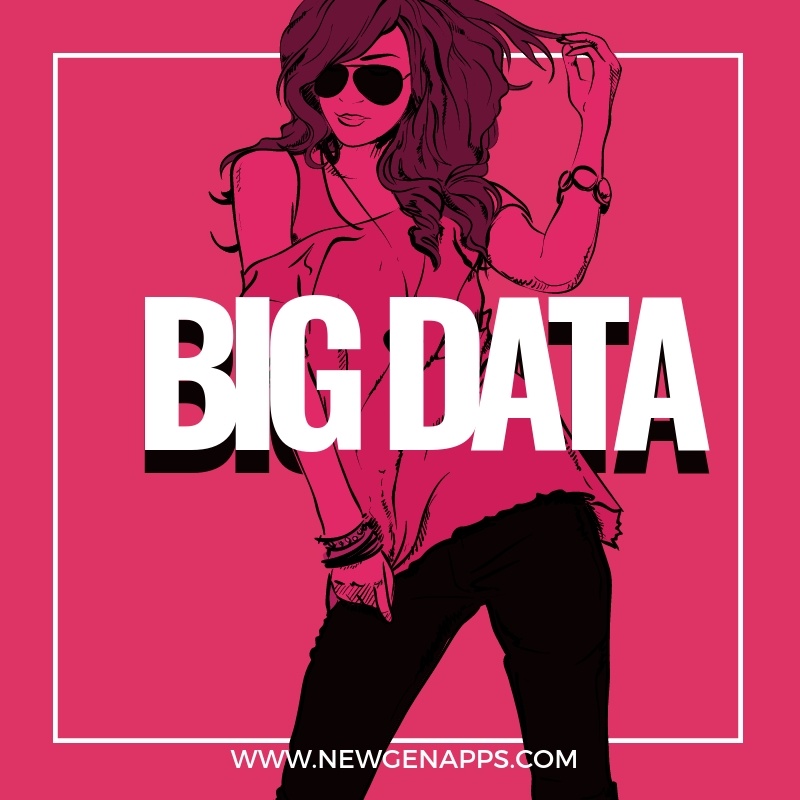
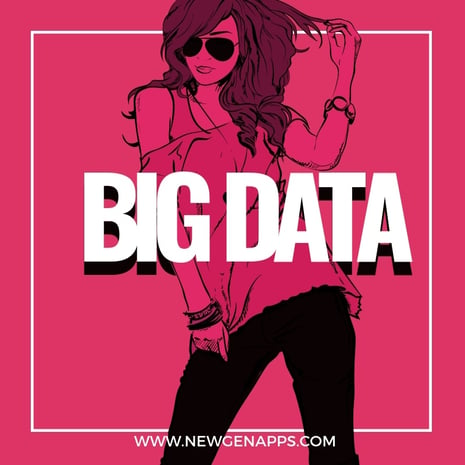
There is no doubt in the buzz big data has generated in the business. Big data analytics has revolutionized the decision making and changed perspectives in no time. Take Apparel and fashion, for example, the industry that relied on guesswork and gut feel for direction is also moving to the data for insights. This is a revolutionizing trend as data science was always perceived to be too mathematical. Something that would never make an entry into a creative field. Big data in fashion also comes into play due to the complex needs of this industry and the unorganized data it has. The global apparel market is valued at $3 trillion and accounts for 2 percent of the world's GDP (source). Additionally, in 2016 the number of digital shoppers in the USA alone was equal to 211 million. All this makes it certain that the industry has no shortage of data. The only problem is how they should use it. We have come up with 7 ways in which big data in fashion can help the industry bring data into decision making. You will be surprised with the range of details it can offer.
Want to know more about Big Data? Download our free eBook to capture the details about this technology that matter to business.
Fashion and trends are largely influenced by the culture. What’s hot is the USA might be too revealing in Saudi Arabia. As designers, it is important for you to know the global market potential of your designs. Why limit yourself to the boundaries of United States when your designs can also become the hottest trends in Spain! Big data can help you analyze the preferences of people across the globe and give you insights into the changes in mindset with culture. This can help you target a wider audience for your designs thus bringing more potential of outreach and revenue.

Trends are hard to master with traditional monitoring techniques. Analyzing what going to become the next biggest thing is just what you need, to master fashion retail businesses. Retailers can understand the market changes using techniques like social media sentiment analysis to know their target audience. But this is just a gist of what big data can offer in trends. Think of the insights you can get once you combine the trends' data with that of your retail sales. Big data analysis can analyze the impact different trends and seasons have on the buying behavior. This will help make the right merchandising decisions in future.
Do you really know who is buying what? Of course, you do. These days online retailers gather all sorts of data about their customers like age, gender, location etc. But are you able to analyze it? Big data analytics can accumulate organized and unorganized data in one place to generate insights which are not easily visible. It can also analyze customer behavior like which hours of the day they prefer to shop, how they respond to marketing messages etc. Based on the behavior insights you gather you can adjust your marketing and designs to suit the customers.
A major drawback faced by many retailers is missing on shoppers who are interested but not converting. New collections usually face this issue that they are unable to convert high ticket purchasers. With the use of markdown optimization, you can ensure that you convert more and more potential customers and increase revenues. Markdown optimization analyzes customer behavior to suggest a price that ignites demand and ensures stock clearance both while ascertaining a rise in overall profits. This technique can be especially helpful to increase the effectiveness of clearance sales at the end of every season.
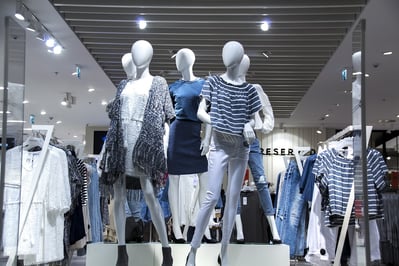
Renowned designers always hold command over the fashion industry. A majority of designs by top designers bring in good money to big size retailers. But the problem with these outfits is that they carry a very high price tag. Something that won't please customers of mid-size retailers. With the help of big data analysis designs by fresh designers can be analyzed and their impact on the market can be predicted. Using these predictions mid-size retailers can make purchasing decisions about the newcomers in the industry. This will help uplift new talent and increase sales in mid-size stores.
The choice of brand ambassadors is crucial to every apparel and fashion company. Usually, companies reach out to the trending celebrities in the industry for marketing and advertising campaigns. Big data analysis can help analyze the emotions associated with a particular celebrity, the influence and the potential impact they will have on the brand. Using these insights brands can come up with data backed decisions about which person to choose as their brand ambassador. This can effectively reduce the time spent debating the influence of brand ambassadors by bringing data into the picture.
Cross-selling is the practice of selling more number of goods to your recurring customers. By using data analysis techniques like market basket analysis you can analyze which products consumers are likely to buy in future. This technique uses data from historical purchases to identify which products go well along with each other. Using this data you can effectively organize your store (both online and offline) and send more effective marketing messages. Market basket analysis can make it easy for you to upscale revenues by helping you cross-sell more efficiently. Know more about market basket analysis.
The range of insights that big data analysis can generate for the fashion industry is highly extensive. Big data is so effective that even mid-size retailers can compete with the giants if they use the data properly. Data analytics generated by tools like Hadoop BI are more than satisfactory to give anyone a head start. Even if you are not from a statistical background it not difficult to understand data provided you have good data scientist. Big data visualization tools like Tableau and QlikView specialize in presenting data in ways easily understood by executives. At NewGenApps, we specialize in providing big data solutions to businesses. Our data scientists can help you generate insights that you never thought existed. If you need big data solutions for your business then feel free to contact us.
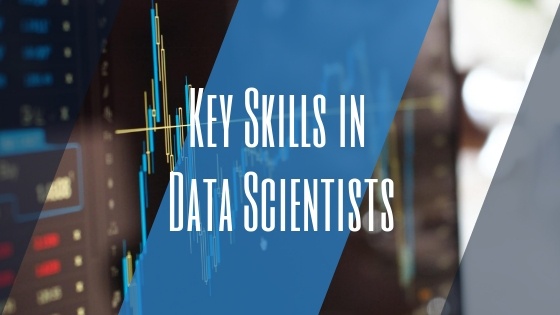
1 min read
Looking for companies who can handle your initiatives in big data can be very challenging. Now a days every IT company is trying to position itself...
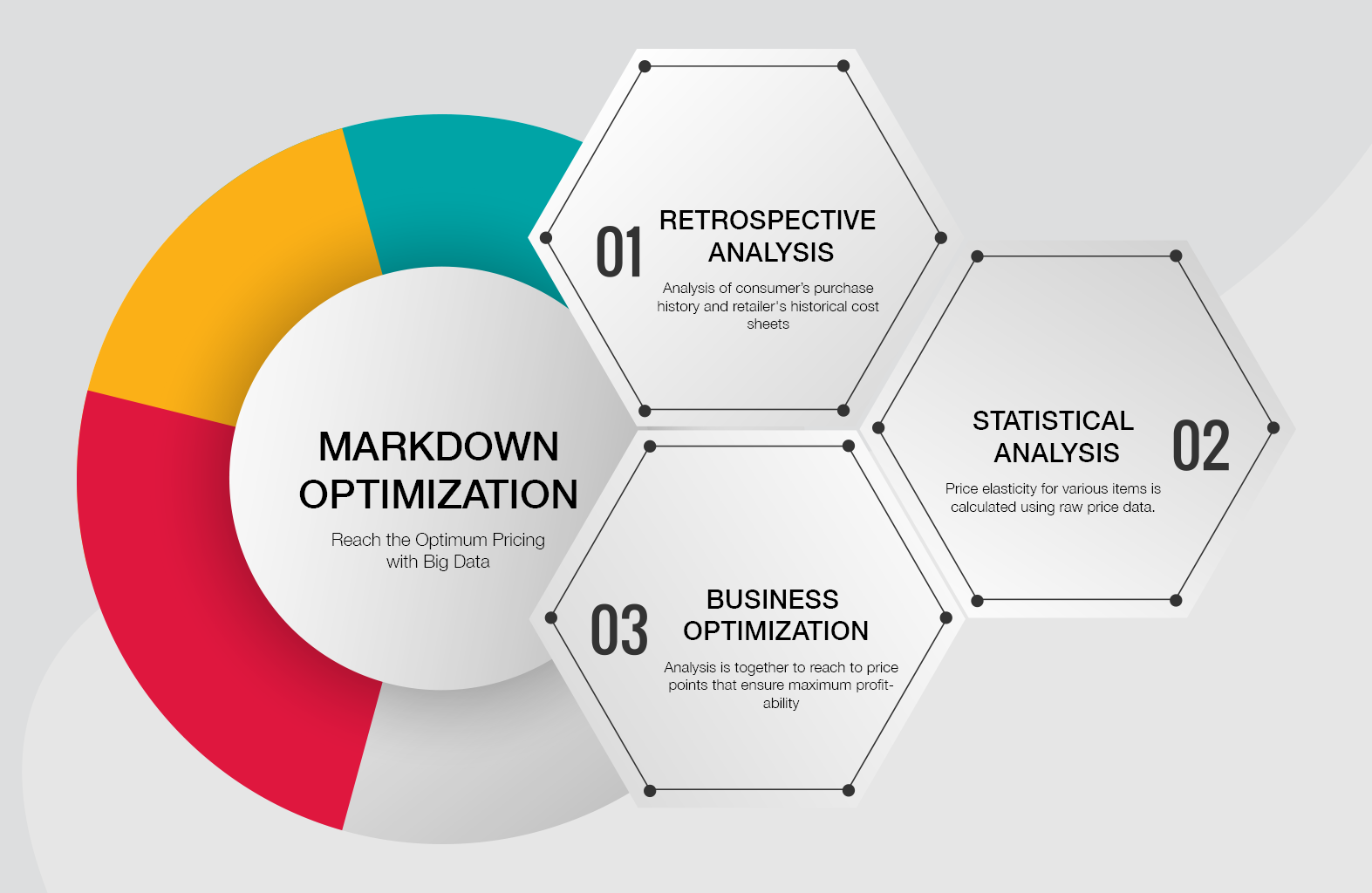
Retailers often face difficulties in optimizing their pricing for different seasons. In the peak season, they need to determine the opening price and...